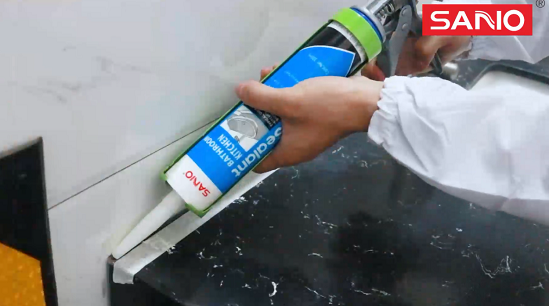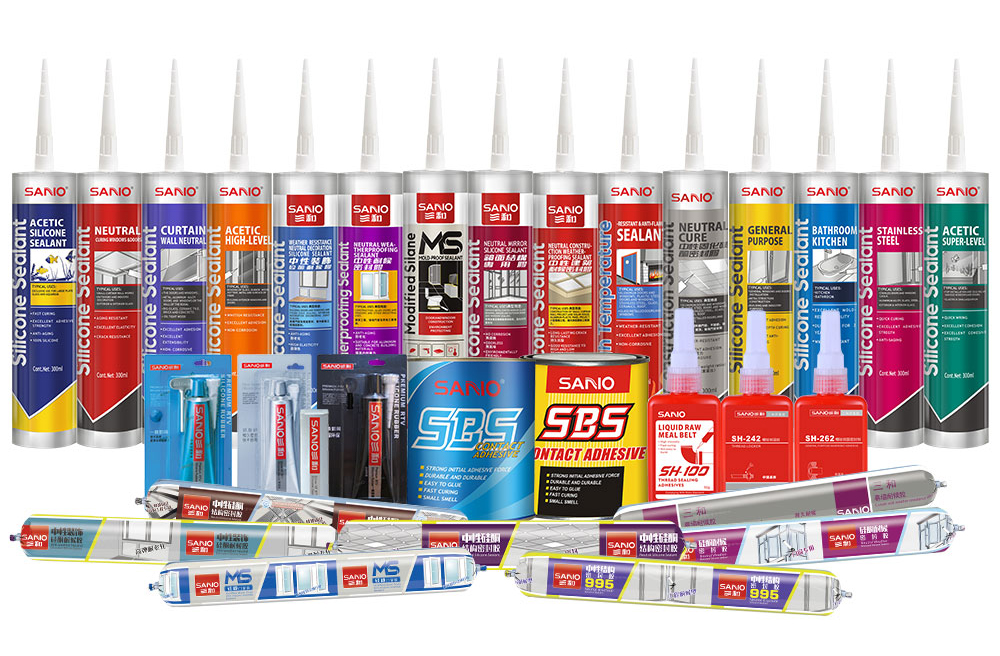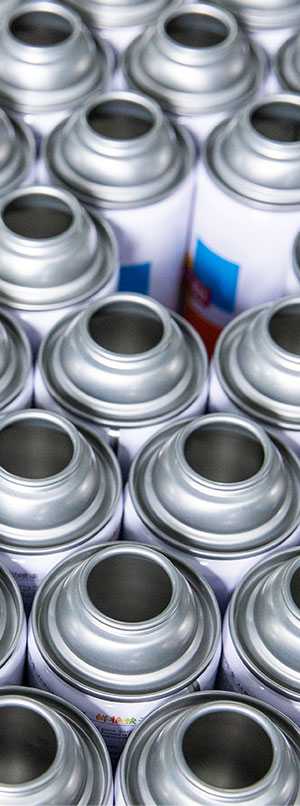Have you ever used silicone sealant on a surface and then wished you hadn’t? This can happen if it gets wet before it cures. Silicone sealants are great for sealing gaps and cracks in your home. However, they can be tricky to apply correctly.
What happens if silicone sealant gets wet before it cures? In this blog post, we’re going to discuss why you should avoid getting silicone sealant wet before it cures and how long silicone takes to dry.

What is silicone sealant?
Silicone sealant is a versatile adhesive made primarily from silicon and oxygen atoms, which gives it its unique flexibility and durability. This composition allows silicone sealant to remain stable and effective even in bad conditions.
Silicone sealant is essential in construction and home improvement projects, widely used to seal joints, seams, and gaps. Its waterproof and weather-resistant properties make it ideal for sealing around windows, doors, sinks, and bathtubs, as well as for bonding materials like glass, aluminum, and plastic.
What Happens If Silicone Sealant Gets Wet Before It Cures
If silicone sealant gets wet before it fully cures, several problems can happen. This can reduce how well the seal works.
1) Exposure to water before curing can lead to surface damage. If enough water runs over the uncured caulk, it can wash away some of the sealant, leaving unsightly white streaks and an uneven surface.
2) Moisture intrusion during the curing process can significantly delay the curing of silicone sealant. While the surface may appear dry and finished, water can seep beneath the skin of the sealant.
3) Water exposure before full curing can interfere with the sealant’s ability to adhere to surfaces, resulting in weak bonds. This leads to leaks and the eventual failure of the seal.

How Long Does Silicone Take to Dry
The drying time of silicone sealant depends on factors such as temperature and humidity. Under typical
The drying time of silicone sealant depends on factors such as temperature and humidity. Under normal conditions, silicone caulk becomes tack-free in about 30 minutes. This is true at a temperature of 23°C (73°F) and 50% humidity.
However, while it may feel dry to the touch, it isn’t fully waterproof until it has completely cured. The full curing process takes up to 48 hours. During this time, the silicone sealant hardens and gains its final strength. During this time, it’s important to keep the sealant dry to ensure a strong, watertight seal.
Conclusion
Silicone sealant has several advantages that make it an excellent choice for sealing cracks and joints. It is one component that allows it to adhere securely while accommodating movements. Silicone sealant is an excellent choice if you value a clean and odor-free environment inside your home.
SANVO is one of the top silicone sealant manufacturers in the world. We always offer you the best quality sealant products. If you are interested in our products, please visit our SANVO Official Website. You can find more information there!
